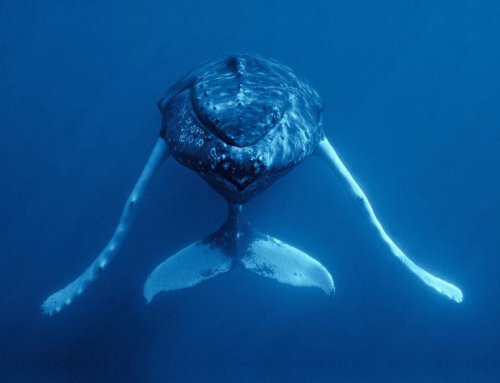Bermuda Pilot Gigs
by Dr. Edward Cecil Harris, MBE, JP, PHD, FSA

Edward James was Bermuda’s finest artist during the period of the American Civil War. He recorded this scene at the Camber at Dockyard, with a gig with two sails in the centre.
The history of Bermuda is intertwined with the profession of piloting, being the trade, and perhaps art, of bringing seagoing vessels into the harbours of the island, through the treacherous reefs that are at once a barrier to such ingress and a protective skirt around the place. An image of a pilot gig, painted by the nineteenth century artist, Edward James, has recently been donated to the National Museum by the Directors of H. A. & E. Smith Limited and presented by Mr. Roger Davidson.
The painting—a portrait of a classic two-masted Bermuda pilot gig under sail in 1875—is a rare subject for James, whose watercolours usually depicted broader harbour scenes with larger vessels such as blockade runners. The painting is of particular importance as there are few extant illustrations of the nineteenth-century piloting activities. In gigs such as this, pilots and their crews raced under oar or sail to ‘catch’ incoming ships and thus earn the piloting fees.

Roger Davidson, flanked by his wife Lee and his daughter Jennifer, presented the Edward James painting of a Bermuda Pilot Gig to the National Museum.
Pilot gigs were long, narrow boats crewed by six oarsmen, a coxswain and a pilot and rigged with two or three loose-footed, leg-of-mutton sails and a jib. Gigs were built for speed and could reach up to 14 knots, essential when racing other gigs to incoming ships under Bermuda’s competitive piloting system. Unlike the pilot sloops, gigs could be hauled up in shore locations with quick access to the open sea and near prominent hills, which served as lookouts. West end spots included Conyers Bay, Spring Benny’s Bay and Boat Bay. In the East End, gigs were kept at St. Catherine’s Beach, Red Hole below the St. David’s Lighthouse, and in several of the bays obliterated in the building of the US base, Fort Bell, in 1941.
Pilot boats and gigs ranged far offshore, hoping to gain the edge on their competitors and be the first aboard an incoming ship. There are stories of pilot gigs seen 50 miles off Bermuda waiting for ships in order to beat rival pilots. In addition to their piloting work, pilots and their crews played a role in rescuing passengers and crew from vessels in distress, often placing their own lives at risk.
They also used their boats, equipment and skills in the salvage of goods and materials from such distressed ships. The Bermuda Gazette and Weekly Advertiser in 1792 stated: “Attention and perseverance of pilots…in boarding and assisting shipping in distress in heavy gales of wind has saved many vessels and numbers of lives.”
Rambler, the last of the Bermuda pilot gigs, is on display in the Boat Loft at the National Museum and measures 37 ft. 8 ins. in length, with a 5 ft. 6 ins. beam. Thus the painting donated by H. A. & E. Smith Limited joins the Rambler as some of the last physical evidence of a proud maritime tradition in these Islands.







